FORT HOOD, Texas - The medics of 4th Squadron, 9th Cavalry Regiment, 2nd Brigade Combat Team, 1st Cavalry Division got together to train on a variety of skills at the Elijah Military Operations on Urbanized Terrain site May 5 and 6.
According to Staff Sgt. Michael Jenkins, 4-9 Cav's Medical platoon sergeant, the training refreshed a medic's most basic skills and prepared them for possible mass casualty events and combined medical engagements they would encounter in Iraq.
The medics trained on a variety of skills including airway management, bleeding control, tension pneumothorax (aiding a collapsed lung), intravenous fluids and nasopharyngeal intubation (inserting a tube through the nose to keep airway open), and how to run a Field Aid Station.
"The purpose of the training was to provide our medics with an opportunity to practice and hone in on a skill set that is perishable without repetition and muscle memory," said Jenkins, who hails from Chicago. "The idea was to train via a crawl, walk, run technique -- completing the simplest task to multiple complex tasks."
The medics chose topics weeks ahead of the training, prepared and taught each other the latest techniques in emergency care; after each class an after action review was conducted which allowed for critiques and discussion of theory versus practice in theatre. Soldiers got a chance to teach as well as learn from one another.
"The training gave our medics a chance to share our knowledge and learn from each other's experiences," said Spc. Brian Pratt, of Dayton, Ohio. "It rained a lot, but it didn't drown our spirits or motivation. We were ready to train and made the most out of the experience."
The medics borrowed two buildings from 1st Battalion, 7th Cav. Regt., and as the training went from a class room setting to a more hands on practical, the bigger unit sent casualties to the medics to give them a feel on reacting to unexpected situations. The senior, more experienced medics watched and supervised as the newer medics came up with their own ideas, in order to give them that experience and work through the thought process, according to Jenkins.
"The (mass casualty) event provided a tactical environment like in Iraq," said Spc. Michael Caruso. "We're going to be working outside most of the time and not indoors and the younger guys got to experience that."
Spc. Michael Garner, of Shertz, Texas also believed the training was well thought out.
"It was good to train in the field under real life scenarios," he said. "The STX was good training, and a good refresher. It was real life training under close to real conditions."
Medics such as Pfc. Mark Daniels, of Wayne, W.V., said they enjoyed getting dirty and being in the field. The MASCAL event was run through several iterations, with different stress factors and variables every time; testing the minds of the medics. The medics got faster and more creative with each try.
"The training was very realistic in a very realistic environment," Daniels said. "The setting, performing our skills in our tactical uniforms, and in an urban environment; we got sharper at treatment skills."
According to Jenkins, the 4-9 Cav. medics left the training feeling more confident and more experienced in themselves and in their ability to treat numerous casualties simultaneously.
"The training provided the medics of 4-9 CAV a stepping stone that leads them to an even higher skill level of treatment as the Black Jack Brigade moves into a higher echelon of training and further along into the next deployment to Iraq," said Jenkins.
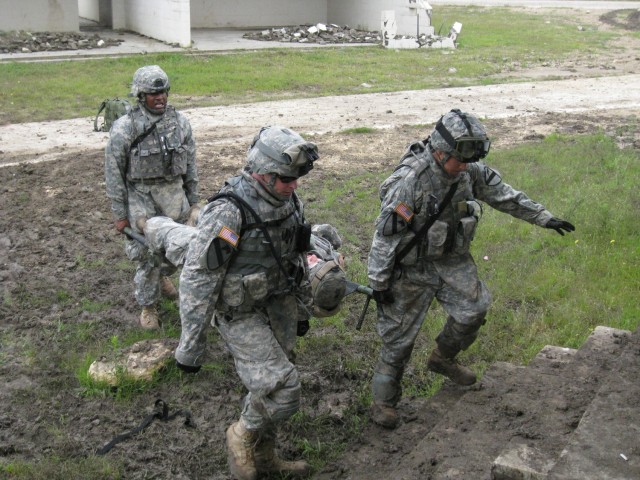
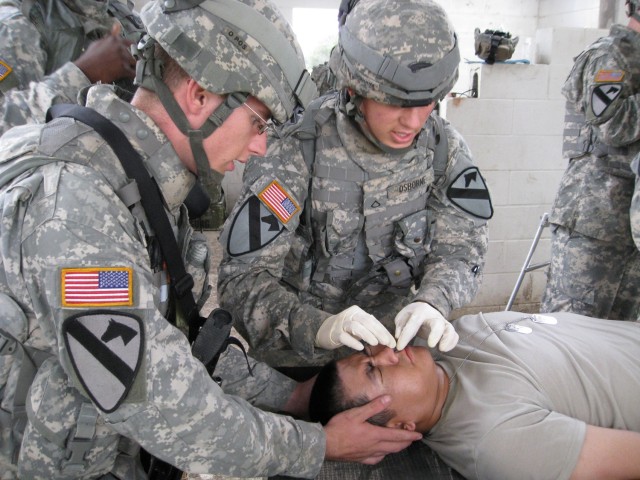
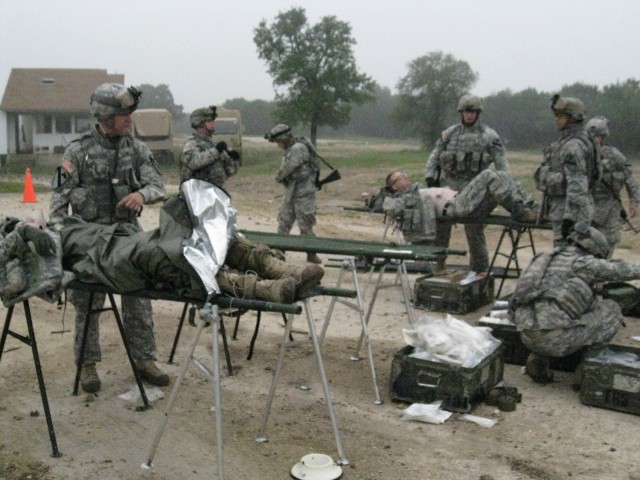
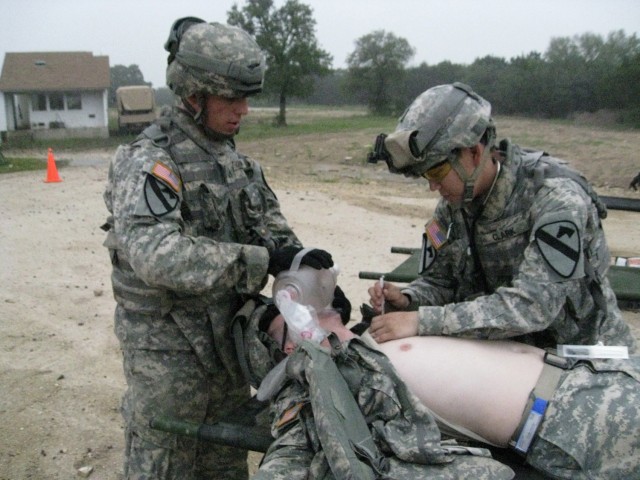
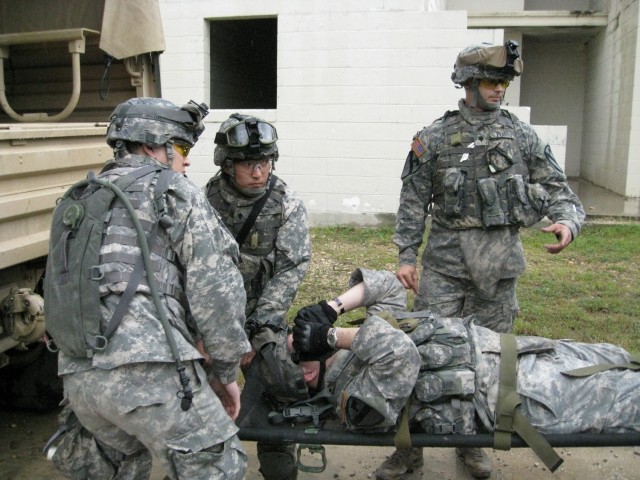
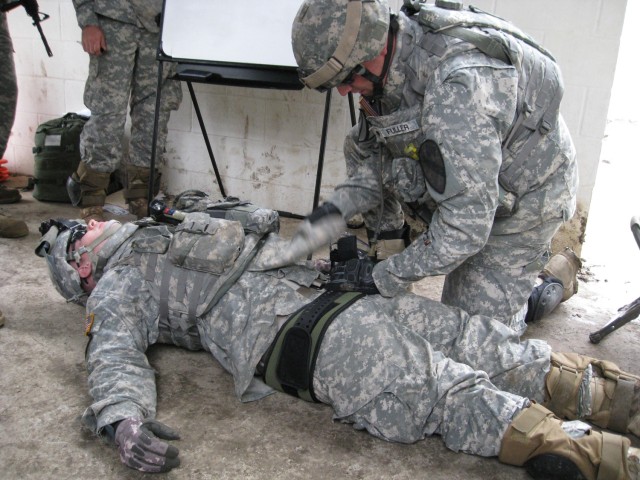
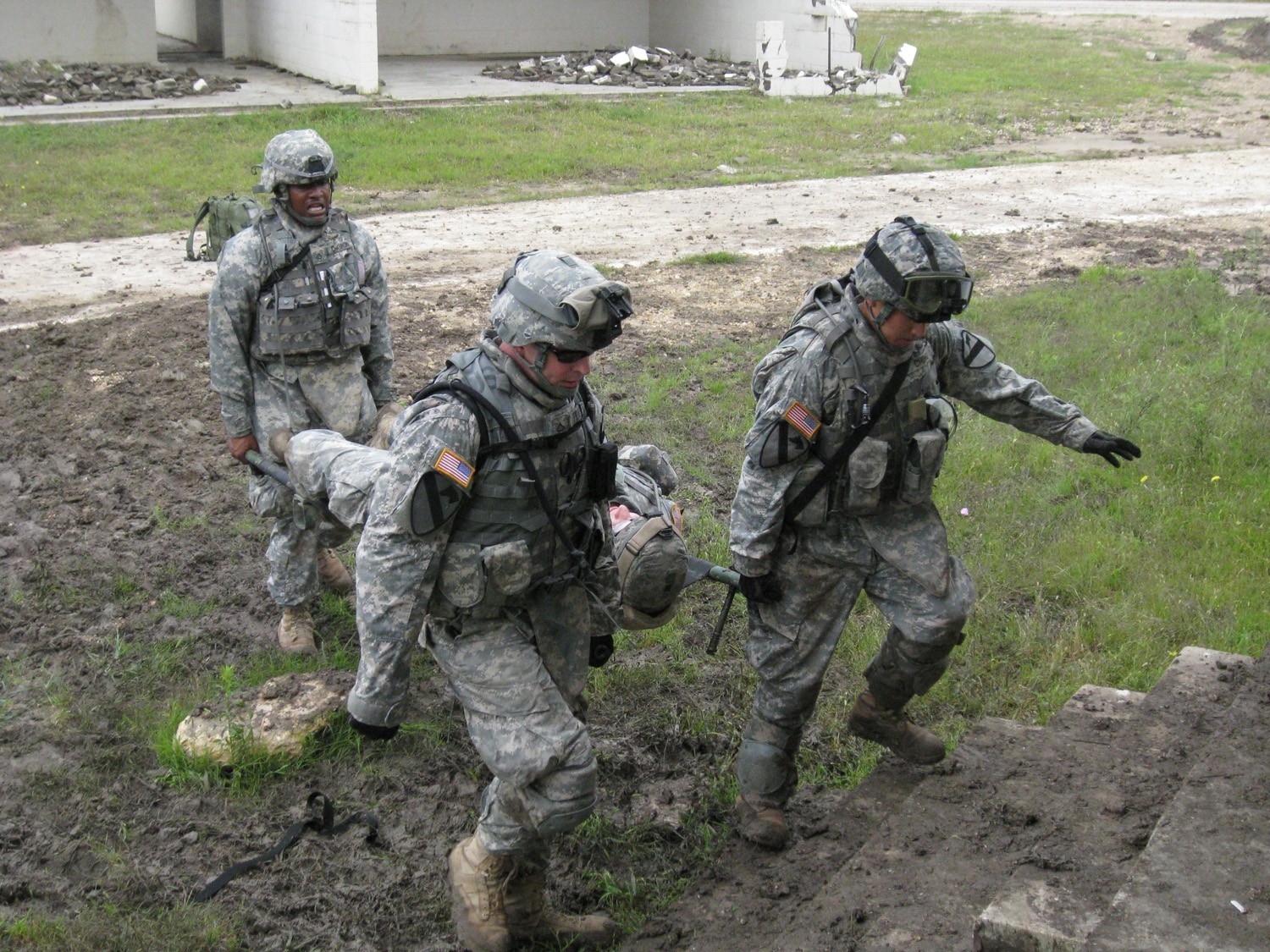
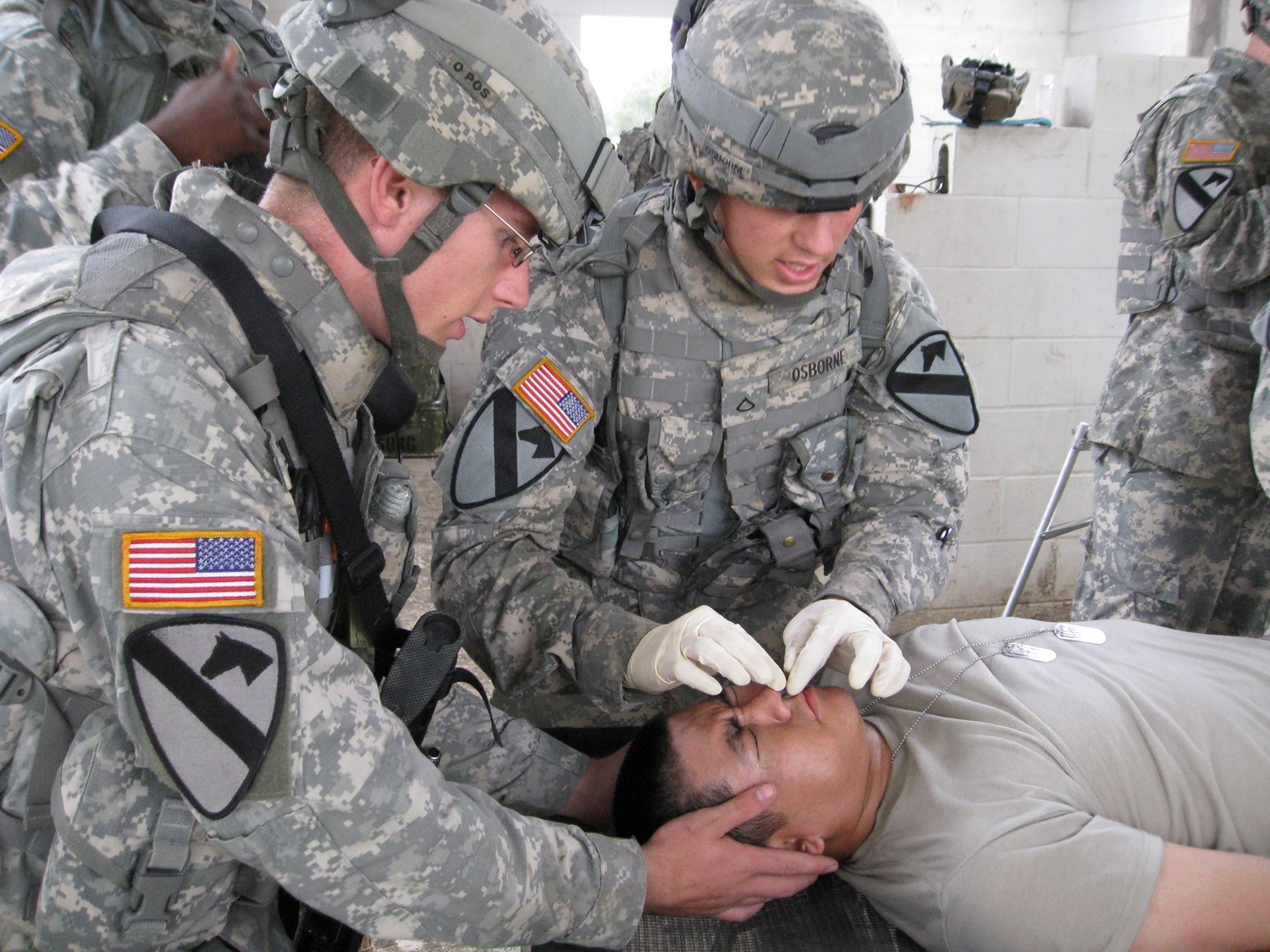
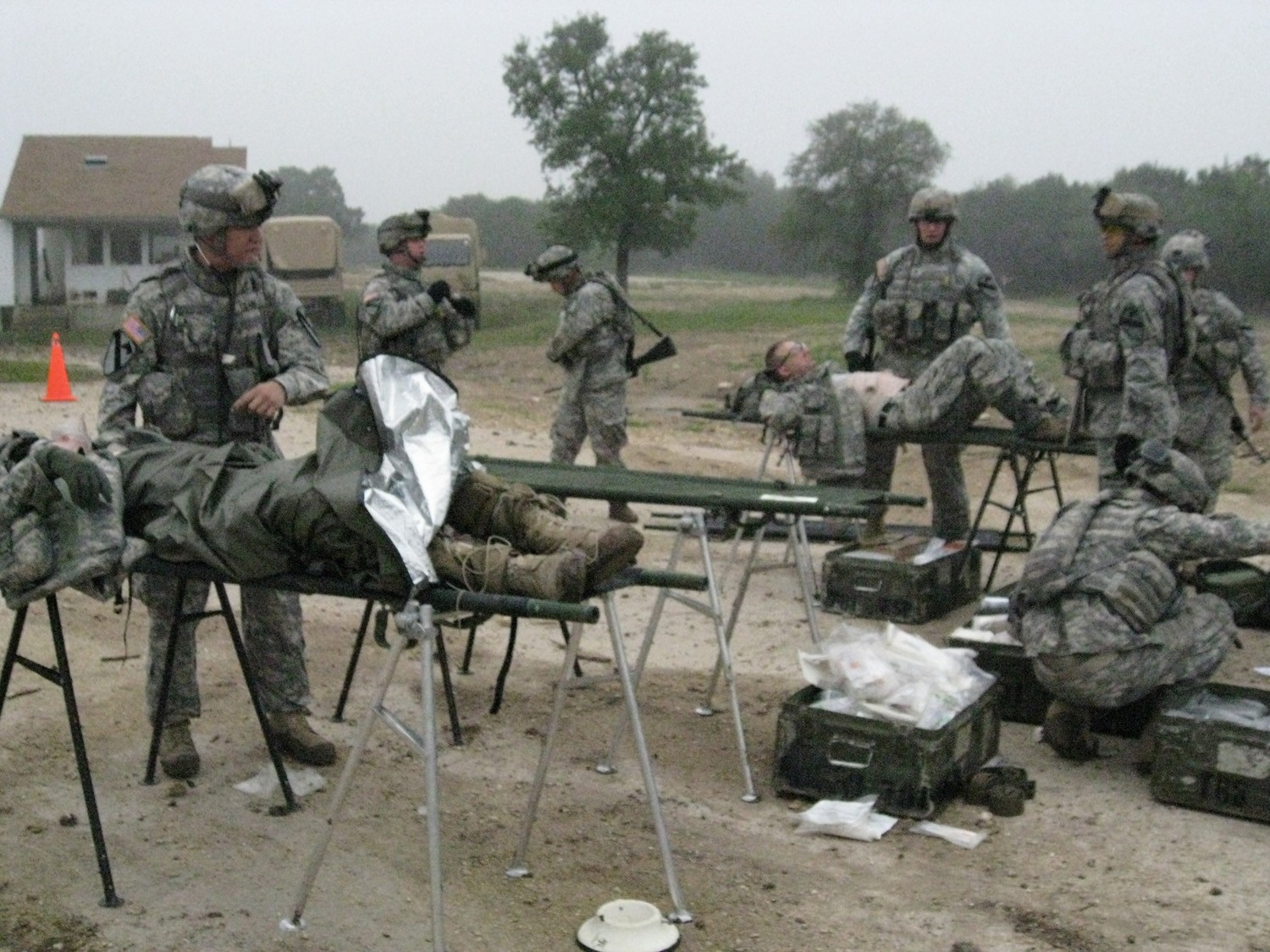
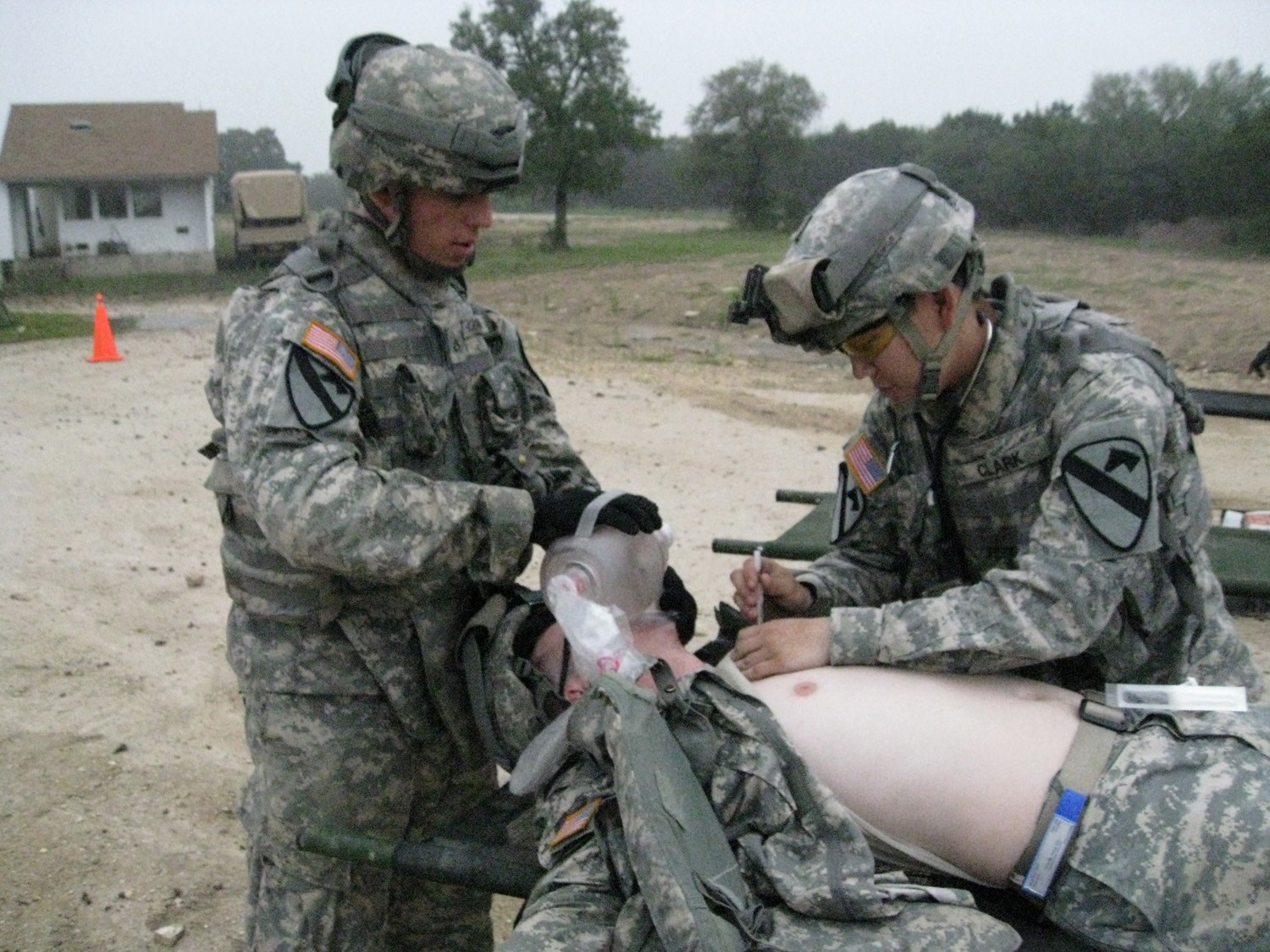
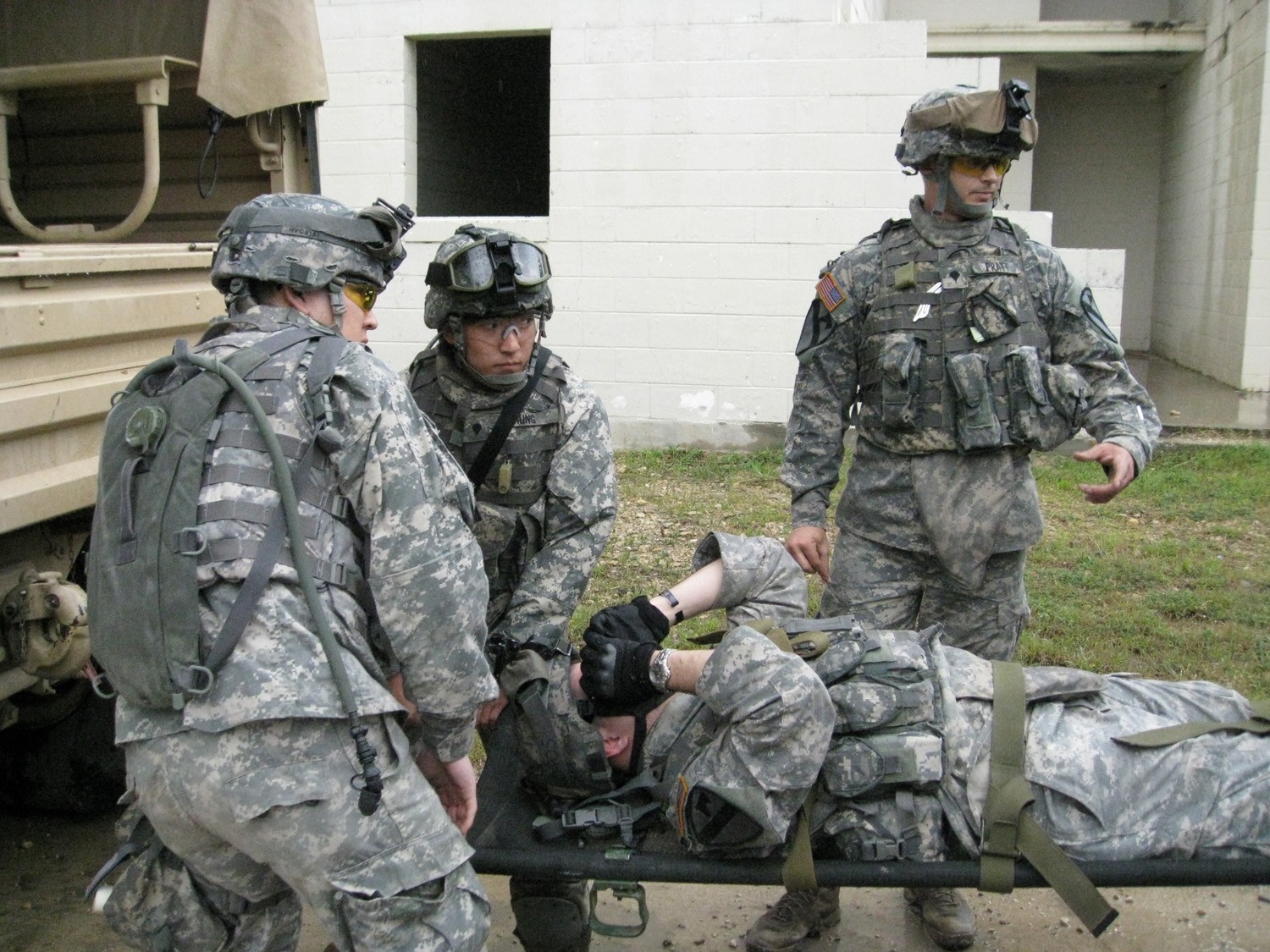
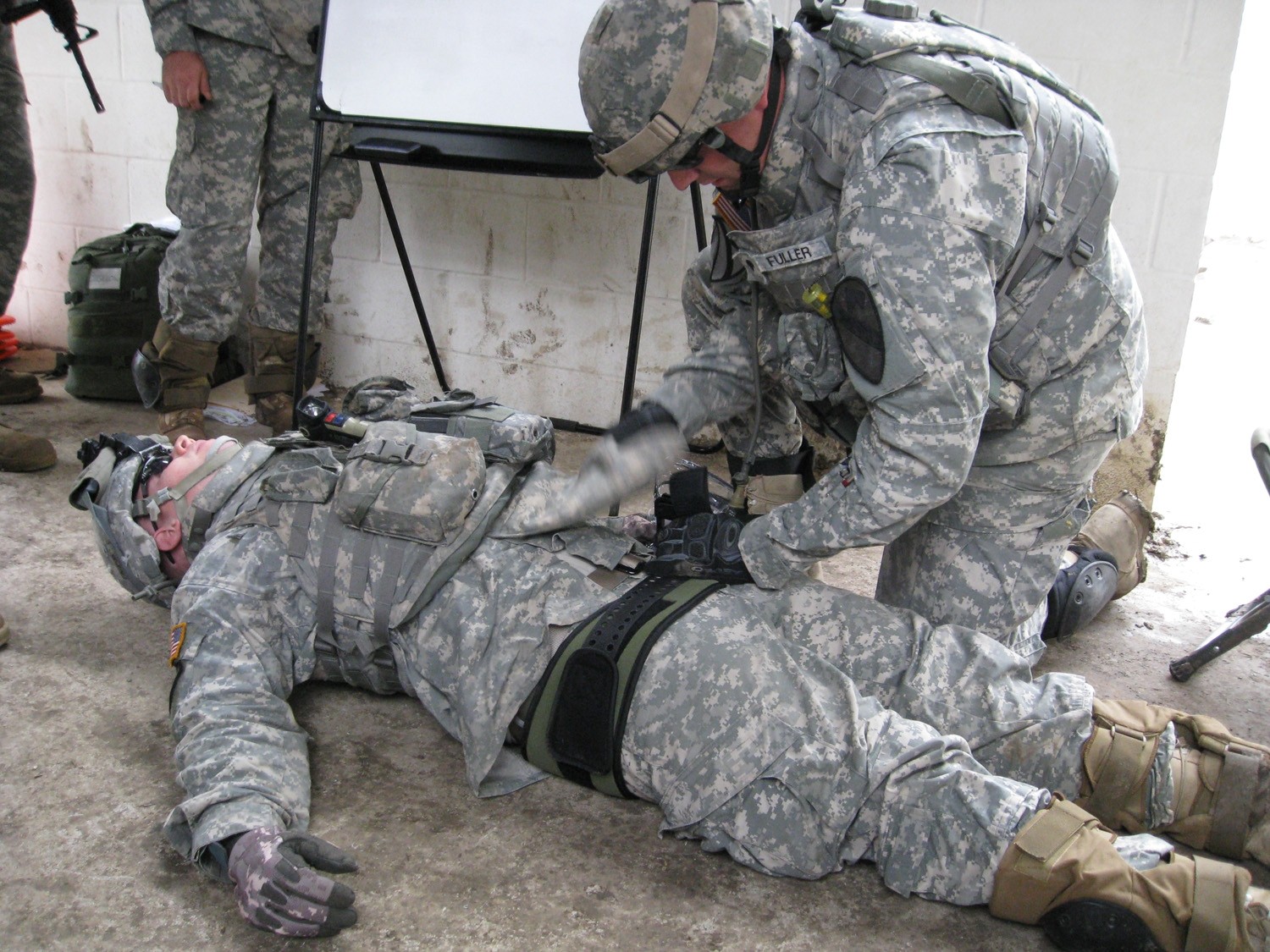
Social Sharing